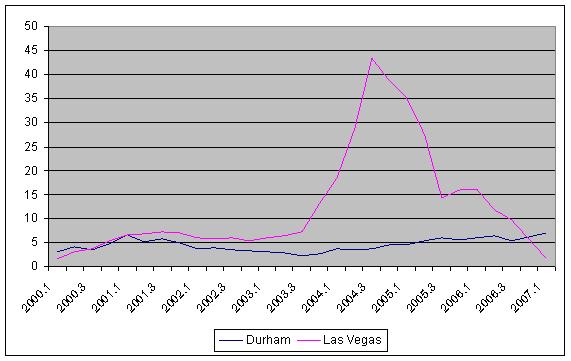Sat 21 Jul 2007
If you really want to aggressively bet on a singularity approaching, you could do some pretty reckless things with the latest thing from Wall Street: life settlement backed securities.
From Business Week: Profiting From Mortality
Death bond is shorthand for a gentler term the industry prefers: life settlement-backed security. Whatever the name, it’s as macabre an investing concept as Wall Street has ever cooked up. Some 90 million Americans own life insurance, but many of them find the premiums too expensive; others would simply prefer to cash in early. “Life settlements” are arrangements that offer people the chance to sell their policies to investors, who keep paying the premiums until the sellers die and then collect the payout. For the investors it’s a ghoulish actuarial gamble: The quicker the death, the more profit is reaped.
